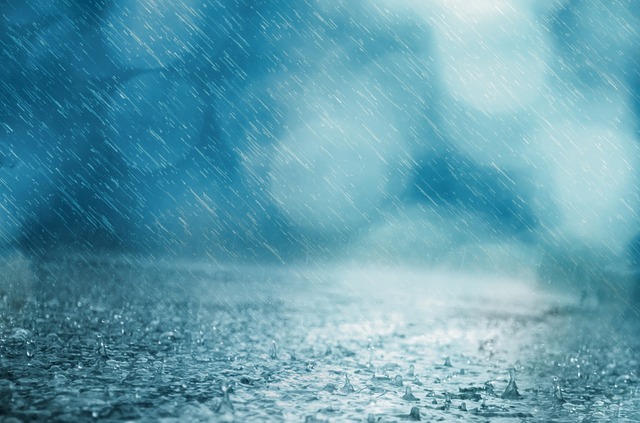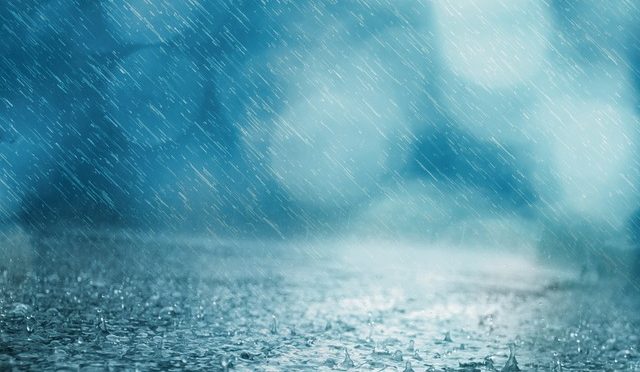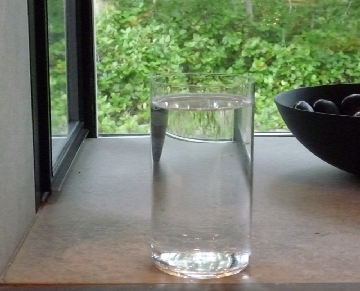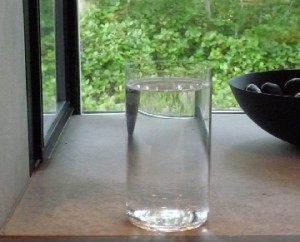 Can you drink rainwater?
Can you drink rainwater?
Despite increasing awareness about rainwater harvesting and its benefits, there is still word to get out about how and why collecting rainwater makes sense in a world where resources are limited and sometimes nonexistent. Whether due to drought conditions or aging infrastructure, millions of people around the world don’t have access to safe, clean drinking water. Here is an article, originally published in June 2014, titled Is My Rainwater Safe to Drink?
Sanitization seems to be a most elusive and complicated topic in Rainwater Harvesting for the home owner, as well as for the designer or operator. There are no general definitive answers as to what device or treatment is appropriate for all systems. The main question is “When is my water safe to drink?”
Presently, thousands of people die or become gravely ill due to lack of clean water throughout the world. Rainwater is generally a safer potable source than surface water; however it may carry pathogens that could pose a health risk.
RainBank has published a free article to help you determine when your rainwater is safe to drink. Click here for a free download to the entire article and don’t forget to check the box below to receive new posts via your inbox. Of course, if you have questions – contact us – our team will respond to your inquiry within 48 hours. You can also find RainBank on LinkedIn, Facebook and Twitter.



 Rainwater is generally considered clean to begin with, however, water is an excellent medium for growth and transport of disease causing organisms.
Rainwater is generally considered clean to begin with, however, water is an excellent medium for growth and transport of disease causing organisms.